

Articles
What Is The 4 To 1 Rule When Using A Ladder
Modified: August 27, 2024
Discover what the 4 to 1 rule is when using a ladder and learn how to apply it safely. Read our informative articles to avoid accidents and ensure ladder stability.
(Many of the links in this article redirect to a specific reviewed product. Your purchase of these products through affiliate links helps to generate commission for Storables.com, at no extra cost. Learn more)
Introduction
Ladders are a common tool used in various industries and settings. Whether it’s for home repairs, construction projects, or maintenance work, ladders play a crucial role in providing access to elevated areas that would otherwise be difficult to reach. However, using ladders without proper safety measures can lead to accidents and injuries.
One important safety principle to keep in mind when using a ladder is the 4 to 1 rule. This rule is designed to ensure stability and prevent ladder-related incidents. In this article, we will explore what the 4 to 1 rule entails, why it is important, and how to apply it effectively.
Key Takeaways:
- The 4 to 1 rule ensures ladder stability by maintaining a 75-degree angle for every four feet of ladder height, preventing tipping and promoting even weight distribution.
- Proper ladder safety involves selecting the right ladder, following the 4 to 1 rule, using safe climbing techniques, and receiving comprehensive training to create a safer work environment.
Read more: What Is The 3-4-5 Rule In Construction
Definition of the 4 to 1 Rule
The 4 to 1 rule is a safety guideline that indicates the proper positioning and angle of a ladder to ensure stability during use. According to this rule, for every four feet of ladder height, the base of the ladder should be positioned one foot away from the vertical surface it is leaning against. In other words, the ladder should have a 75-degree angle when leaning against a wall or structure.
The concept behind the 4 to 1 rule is based on the principles of physics and leverage. By following this rule, the ladder’s weight and the weight of the person using it are distributed evenly, minimizing the risk of the ladder tipping or sliding out of position.
Proper ladder placement is critical to maintain stability and support during use. If the ladder is positioned too close to the wall, it can become top-heavy and prone to tipping backward. On the other hand, if the ladder is placed too far away, it may become unstable and slide out from under the user.
In addition to the 4 to 1 rule for ladder placement, it is essential to ensure that the ladder is in good condition and appropriate for the task at hand. Inspect the ladder before each use to check for any signs of damage such as cracks, loose joints, or worn-out rungs. If any issues are found, the ladder should be repaired or replaced before use.
Understanding Ladder Safety
Ladder safety goes beyond just following the 4 to 1 rule. It encompasses a range of practices and precautions that should be taken to prevent accidents and injuries. Here are some key points to keep in mind when it comes to ladder safety:
1. Choose the right ladder: Select the appropriate ladder for the task at hand. Consider factors such as height, weight capacity, and the type of work you will be doing. Different ladders are designed for specific purposes, such as step ladders for low-level tasks and extension ladders for reaching higher areas.
2. Inspect the ladder: Before using a ladder, thoroughly inspect it for any defects or damage. Look for cracked or bent parts, loose rungs or steps, and any signs of wear and tear. If any issues are found, do not use the ladder and either repair it or replace it.
3. Position the ladder properly: As mentioned earlier, follow the 4 to 1 rule for ladder placement. Ensure that the ladder is placed on a stable and level surface. If the ground is uneven, use ladder levelers or stabilizers to maintain stability. Avoid placing the ladder on slippery or soft surfaces.
4. Maintain three points of contact: When climbing up or down the ladder, always maintain three points of contact. This means having two hands and one foot, or two feet and one hand, on the ladder at all times. This helps to ensure stability and minimizes the risk of falls.
5. Use proper climbing techniques: When ascending or descending the ladder, face the ladder and maintain a firm grip on the rungs or side rails. Avoid leaning too far to either side or overreaching, as this can lead to loss of balance and falling.
6. Do not exceed the weight capacity: Ladders are designed to support a specific weight limit. Make sure you are aware of the ladder’s weight capacity and do not exceed it. Overloading the ladder can compromise its stability and increase the risk of accidents.
7. Avoid distractions: When using a ladder, it is important to stay focused and avoid distractions. Keep your attention on the task at hand and avoid using electronic devices or engaging in activities that could cause you to lose balance or concentration.
By understanding and implementing these ladder safety practices, you can significantly reduce the risk of accidents and injuries while using a ladder. Remember, safety should be a top priority whenever working at heights, and following these guidelines will help ensure a safe and productive work environment.
Importance of the 4 to 1 Rule
The 4 to 1 rule is crucial for ladder safety as it helps maintain stability and prevents accidents. Here are some key reasons why the 4 to 1 rule is important:
1. Prevents ladder tipping: By positioning the ladder at the appropriate angle, the 4 to 1 rule distributes the weight evenly, minimizing the risk of the ladder tipping over. This is especially important when working at higher levels where the consequences of a ladder fall can be severe.
2. Ensures ladder stability: The 4 to 1 rule provides a stable foundation for the ladder. When the ladder is placed at the correct angle, it is less likely to shift or slide out of position during use. This stability gives users greater confidence and reduces the risk of accidents.
3. Accounts for different ladder types: The 4 to 1 rule is applicable to various types of ladders, including extension ladders and step ladders. Regardless of the ladder type, following this rule ensures proper positioning and reduces the chances of ladder-related incidents.
4. Complies with safety regulations: Many organizations and regulatory bodies enforce safety standards that include adherence to the 4 to 1 rule. By following this rule, individuals and companies can demonstrate compliance with safety regulations and create a safer working environment.
5. Promotes consistent safety practices: The 4 to 1 rule serves as a universal guideline for ladder safety. When everyone follows this rule in their ladder usage, it promotes consistency and establishes a culture of safety. This is particularly important in workplaces where multiple individuals may be using ladders regularly.
6. Reduces the risk of falls and injuries: Accidents resulting from ladder falls can lead to serious injuries or even fatalities. Adhering to the 4 to 1 rule significantly reduces the risk of falls, minimizing the potential for injuries and creating a safer work environment.
Remember, the 4 to 1 rule is just one aspect of ladder safety. It is essential to combine it with other safety practices, such as proper ladder selection, regular inspections, and following safe climbing techniques. By integrating these safety measures into your ladder usage, you can significantly reduce the risk of accidents and injuries, ensuring a safer and more productive work environment.
When using a ladder, remember the 4 to 1 rule: for every 4 feet of height, move the base of the ladder 1 foot away from the wall or structure. This helps ensure stability and safety while working at heights.
Steps to Follow When Using a Ladder
Using a ladder safely involves more than just following the 4 to 1 rule. Let’s explore the steps you should follow to ensure safe ladder usage:
1. Select the right ladder: Choose a ladder that is suitable for the task at hand. Consider factors such as height, weight capacity, and the type of work you will be doing. Using the appropriate ladder ensures stability and minimizes potential risks.
2. Inspect the ladder: Before using the ladder, thoroughly inspect it for any defects or damage. Check for cracks, loose rungs, or any other signs of wear and tear. If you notice any issues, do not use the ladder and either repair or replace it.
3. Position the ladder correctly: Place the ladder on a stable and level surface. Ensure that the base is secure and will not shift during use. If necessary, use ladder levelers or stabilizers to maintain stability, especially on uneven ground.
4. Follow the 4 to 1 rule: Lean the ladder against the vertical surface at a 75-degree angle, following the 4 to 1 rule. Measure the distance from the base of the ladder to the vertical surface. For every four feet of ladder height, the base should be positioned one foot away from the surface.
5. Climb with caution: As you climb the ladder, maintain three points of contact at all times. This means having two hands and one foot, or two feet and one hand, on the ladder. Avoid carrying heavy objects while climbing and use a tool belt or bucket to transport necessary equipment.
6. Use proper climbing techniques: When ascending or descending the ladder, face the ladder and maintain a firm grip on the rungs or side rails. Avoid leaning too far to either side or overreaching, as this can cause loss of balance and lead to accidents.
7. Take breaks if needed: If you’re working on a ladder for an extended period, take regular breaks to rest and reposition yourself. This helps prevent fatigue, which can affect balance and lead to accidents.
8. Secure the top of the ladder: If possible, secure the top of the ladder to the structure you are working on using ladder stabilizers or anchors. This helps provide additional stability and prevents the ladder from sliding or shifting.
9. Practice ladder etiquette: If multiple people need to use a ladder simultaneously, ensure proper ladder etiquette. Only one person should be on the ladder at a time, and others should maintain a safe distance to avoid collisions or disruptions.
10. Descend carefully: When descending from the ladder, take your time and be cautious. Face the ladder and maintain three points of contact until your feet are firmly on the ground.
By following these steps, you can significantly reduce the risk of ladder accidents and injuries. Remember, ladder safety is a shared responsibility, and it is essential to educate yourself and others on proper ladder usage to create a safe working environment.
Common Mistakes to Avoid
Understanding ladder safety involves not only knowing what to do but also being aware of common mistakes that can lead to accidents. By avoiding these mistakes, you can enhance your ladder usage and protect yourself from potential harm. Here are some common mistakes to avoid:
1. Overreaching: One of the most common mistakes is overreaching while on a ladder. Stretching too far to reach an object can cause you to lose balance and fall. Instead, reposition the ladder or use a tool with a longer handle to avoid overreaching.
2. Using the wrong ladder: Using a ladder that is too short or not appropriate for the task at hand can be dangerous. Ensure you select the right ladder for the height you need to reach and the weight you will be supporting. Using an inadequate ladder can compromise your safety.
3. Skipping ladder inspections: Regular ladder inspections are essential to identify any defects or damage. Skipping these inspections increases the risk of using a faulty ladder, which can lead to accidents. Always inspect the ladder before each use and address any issues promptly.
4. Improper ladder storage: Leaving ladders in unsafe positions or not properly storing them can lead to accidents. Make sure to store ladders in designated areas, keeping them away from walkways or areas where they can be knocked over.
5. Neglecting proper footwear: Wearing improper footwear while using a ladder can increase the risk of slips and falls. Avoid wearing shoes with slippery soles or open-toed shoes that may compromise your stability. Opt for footwear with good traction and support.
6. Using damaged or worn-out ladders: Using ladders that are damaged or worn-out poses a significant safety risk. Ensure that your ladder’s rungs, rails, and joints are in good condition and replace any damaged parts or retire the ladder if necessary.
7. Ignoring weight capacity: Ladders have weight limits, and exceeding them can lead to structural failure and accidents. Always check the weight rating of the ladder and ensure that it is not exceeded, including the weight of tools or equipment you are carrying.
8. Rushing the ladder setup: Taking the time to set up the ladder properly is crucial for stability. Avoid rushing the setup process, as this can result in an unstable ladder placement. Follow the 4 to 1 rule and position the ladder carefully before use.
9. Lack of proper training: Using a ladder safely requires proper training and knowledge. Ignoring or neglecting ladder safety training can increase the risk of accidents. Make sure to educate yourself on ladder safety practices and encourage others to do the same.
10. Ignoring environmental factors: Environmental factors such as wind, rain, or slippery surfaces can affect ladder stability. Always consider the conditions in which you are working and take necessary precautions to ensure a safe working environment.
By avoiding these common mistakes, you can significantly reduce the risk of ladder accidents and injuries. Prioritize safety, educate yourself on ladder best practices, and be proactive in maintaining your ladder in good condition. A cautious and responsible approach to ladder usage is necessary to create a safe working environment.
Training and Education on Ladder Safety
Proper training and education on ladder safety are essential to ensure the well-being of individuals using ladders. By providing comprehensive training and promoting a culture of safety, organizations can significantly reduce the risk of ladder-related accidents and injuries. Here are some key aspects of training and education on ladder safety:
1. Identifying hazards: Training should focus on identifying potential ladder-related hazards in the workplace. This includes understanding the risks associated with working at heights and recognizing situations where ladder usage may be necessary.
2. Selecting the right ladder: Training programs should educate individuals on how to choose the appropriate type, size, and weight capacity of a ladder for specific tasks. This includes understanding different ladder types, their limitations, and when to use each type.
3. Proper ladder setup: Training should cover the correct setup and placement of ladders, including following the 4 to 1 rule. Individuals should be trained on positioning the ladder on a stable surface, securing it if necessary, and ensuring it is free from any defects or damage.
4. Safe climbing techniques: Educating individuals on proper climbing techniques is crucial to avoid accidents. Training should cover aspects such as maintaining three points of contact, using handrails, and not overreaching while on the ladder.
5. Inspection and maintenance: Training programs should emphasize the importance of regular ladder inspections and maintenance. Individuals should be trained on how to inspect a ladder for damage and understand when a ladder should be repaired or replaced.
6. Emergency procedures: In the event of a ladder-related incident, individuals should be trained on emergency procedures, including how to safely descend from a ladder in an emergency situation. This includes knowing when to call for help and providing basic first aid if needed.
7. Communication and reporting: Training should educate individuals on the importance of reporting any ladder hazards, defects, or near misses. Encouraging an open line of communication allows for prompt resolution of safety issues and continuous improvement.
8. Ongoing refreshers and updates: Ladder safety training should not be a one-time event. Regular refreshers and updates should be provided to reinforce knowledge, address any changes in regulations or best practices, and ensure that individuals are up to date with the latest safety guidelines.
9. Promoting a safety culture: Training programs should instill a culture of safety, encouraging individuals to prioritize safety in all aspects of their work. This includes fostering an environment where individuals feel comfortable reporting safety concerns and actively participating in safety initiatives.
10. Integration with other safety programs: Ladder safety training should be integrated into broader safety programs within organizations. This ensures that ladder safety is embedded in overall safety practices and that there is consistency in messaging and implementation.
By investing in comprehensive ladder safety training and education, organizations can create a safer work environment and empower individuals to make informed decisions when using ladders. Regular reinforcement and ongoing education are key to maintaining a strong safety culture and reducing ladder-related incidents.
Conclusion
Ladder safety is of utmost importance when working at heights. Understanding and applying the 4 to 1 rule, along with other ladder safety practices, can significantly reduce the risk of accidents and injuries. By following proper ladder placement, selecting the right ladder, using safe climbing techniques, and avoiding common mistakes, individuals can create a safer working environment.
Training and education on ladder safety play a crucial role in promoting a culture of safety. Through comprehensive training programs, individuals can gain the knowledge and skills necessary for safe ladder usage. Regular refreshers and updates ensure that individuals stay up to date with the latest safety guidelines and best practices.
Organizations should prioritize ladder safety and provide ongoing support and resources for training and education. By integrating ladder safety into broader safety programs and fostering a safety culture, organizations can create an environment where individuals feel empowered to prioritize safety and actively contribute to a safe work environment.
Remember, ladder safety is a shared responsibility. It is crucial for individuals to take the initiative to educate themselves and others, report safety concerns, and actively participate in safety initiatives. By working together, we can minimize accidents, prevent injuries, and create a safe and productive work environment.
In conclusion, the 4 to 1 rule and other ladder safety practices are essential for maintaining stability and preventing ladder-related incidents. By following proper ladder placement, using safe climbing techniques, and receiving comprehensive training, individuals can prioritize safety and ensure a safer working environment when using ladders.
Frequently Asked Questions about What Is The 4 To 1 Rule When Using A Ladder
Was this page helpful?
At Storables.com, we guarantee accurate and reliable information. Our content, validated by Expert Board Contributors, is crafted following stringent Editorial Policies. We're committed to providing you with well-researched, expert-backed insights for all your informational needs.


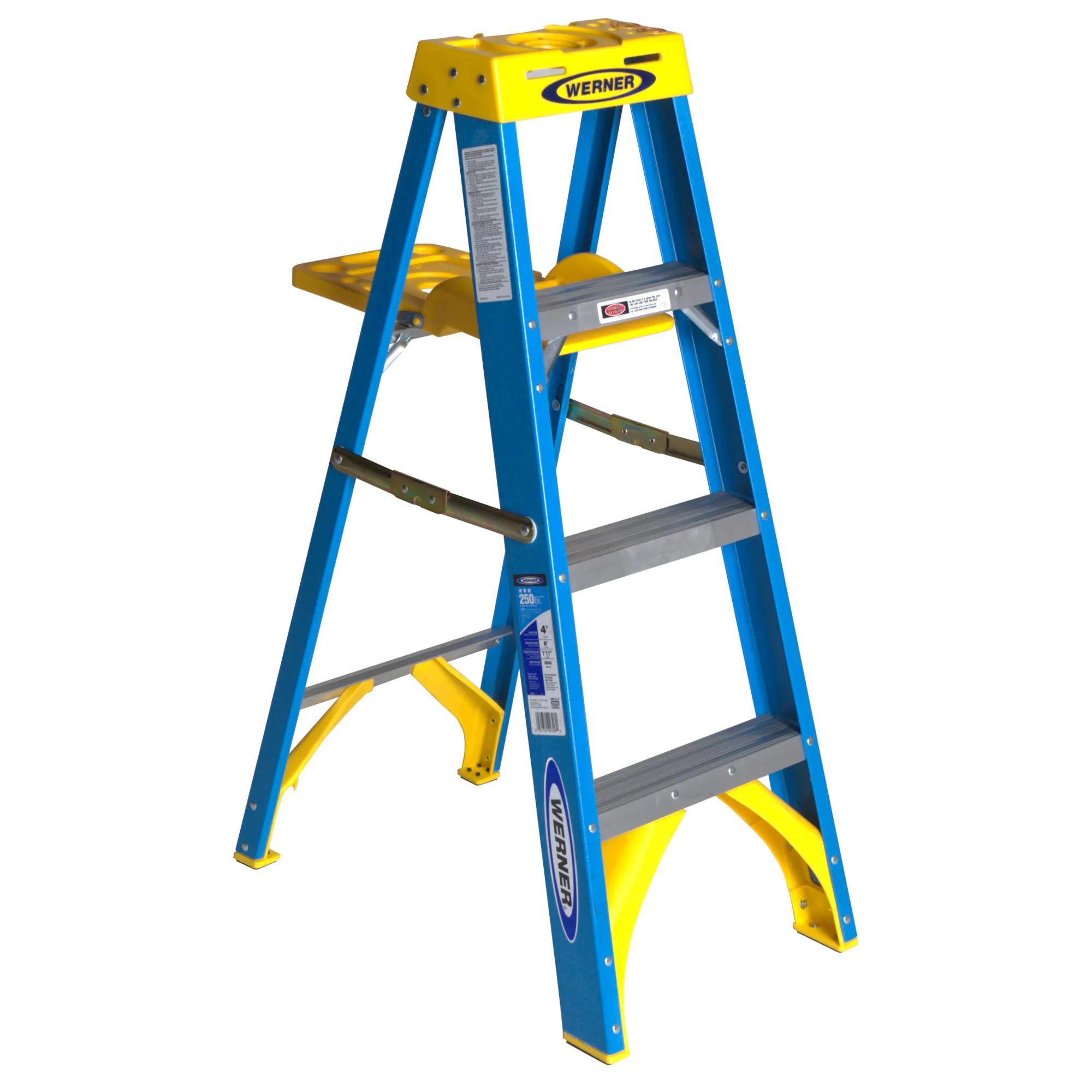



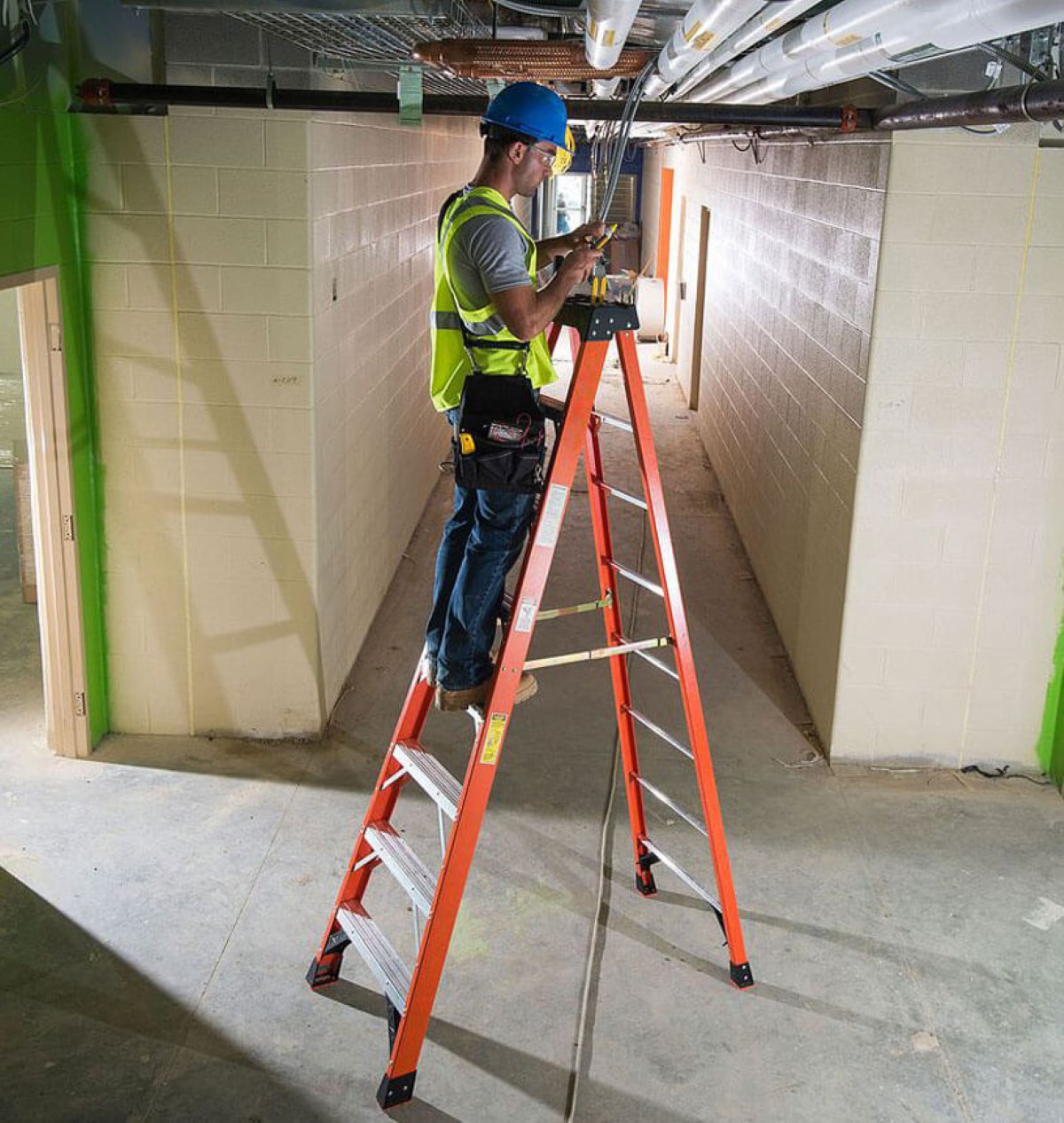
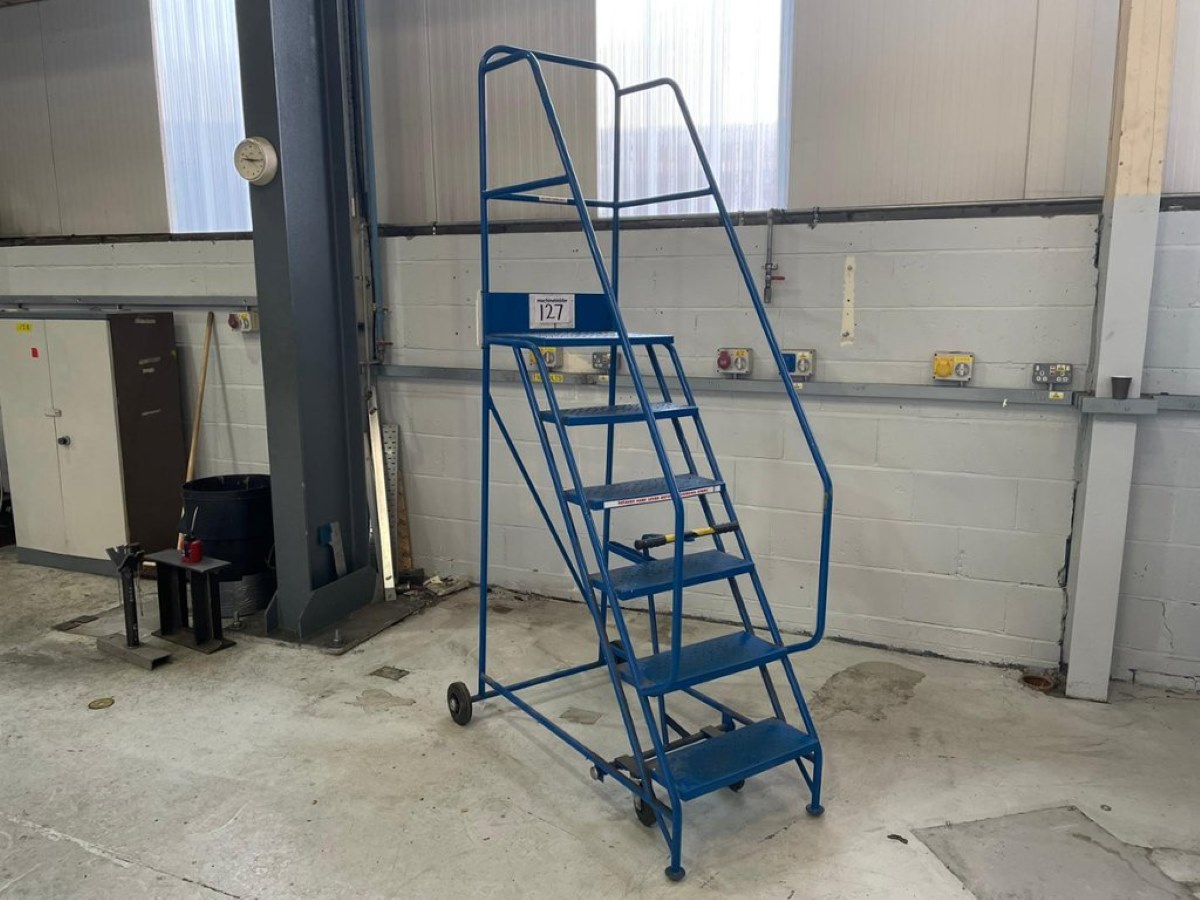



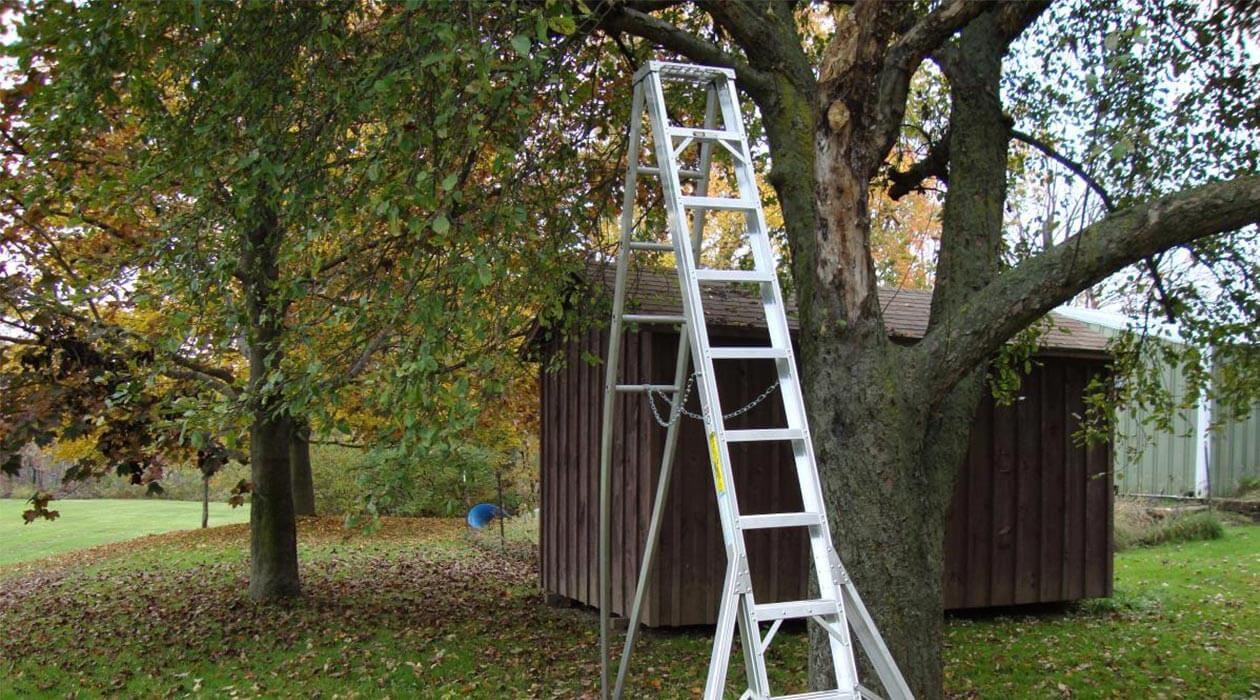
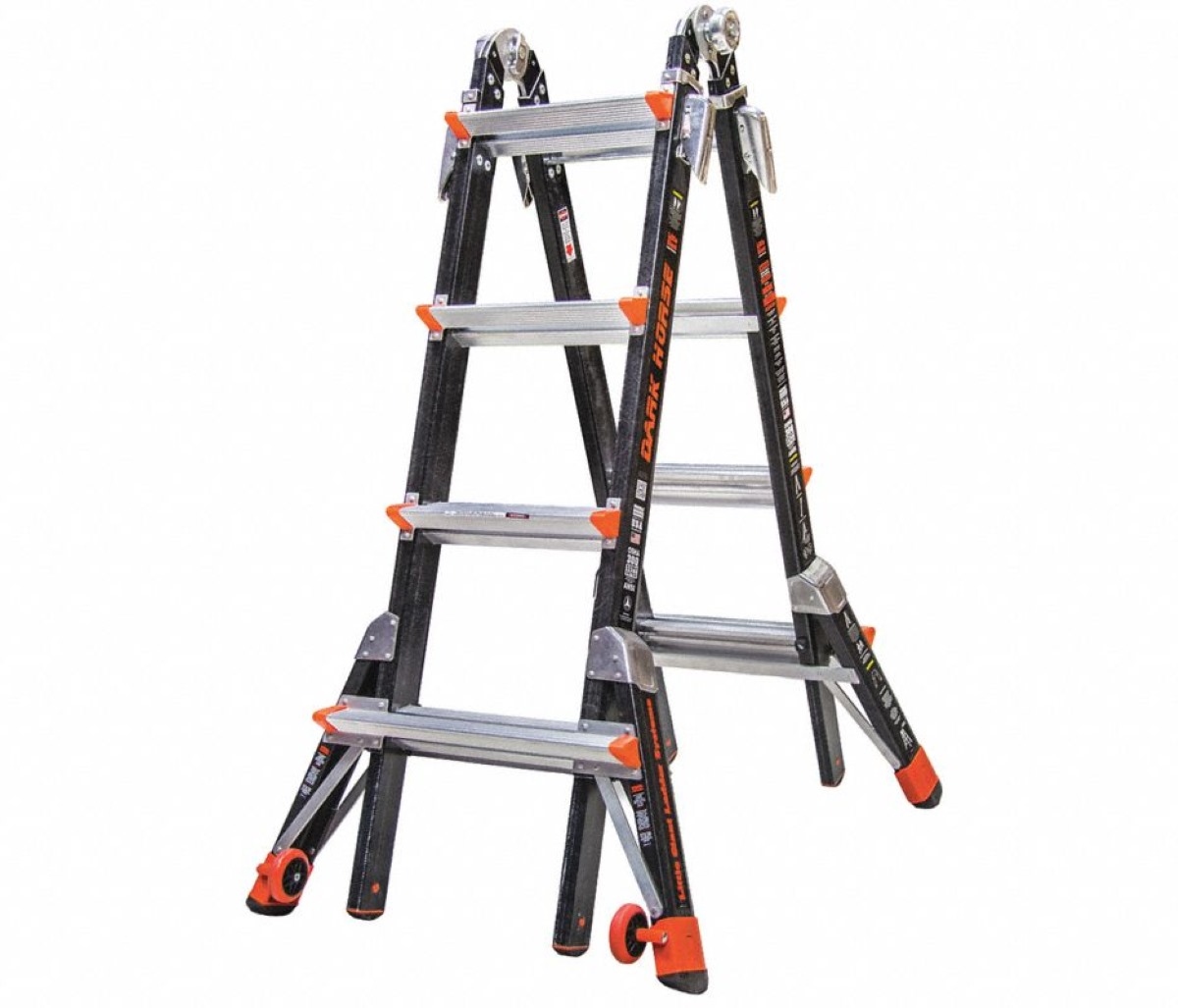
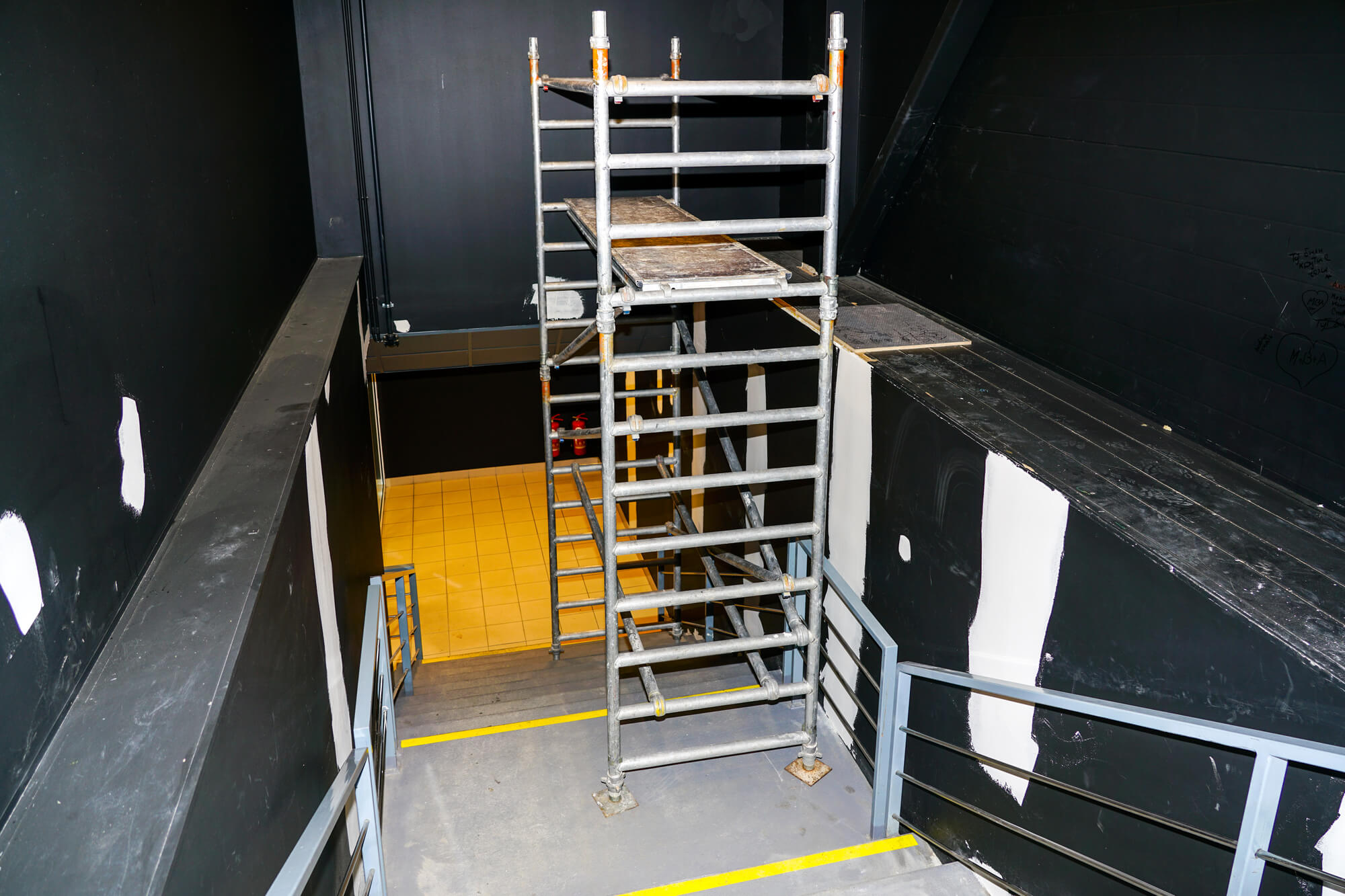

0 thoughts on “What Is The 4 To 1 Rule When Using A Ladder”